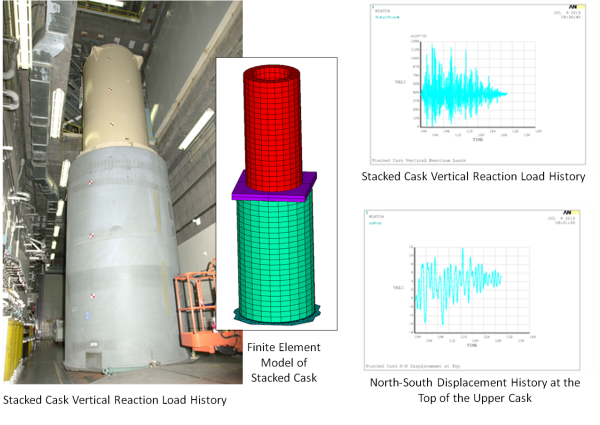
Crane Backward Stability
Backward stability for cranes has always been a serious consideration and often misunderstood or overlooked. The tendency is to carefully study the capacity charts to assure frontward stability when planning a lift. It is somewhat counter intuitive to worry about backward stability as all the lifting is being done over the front. In fact, there […]

